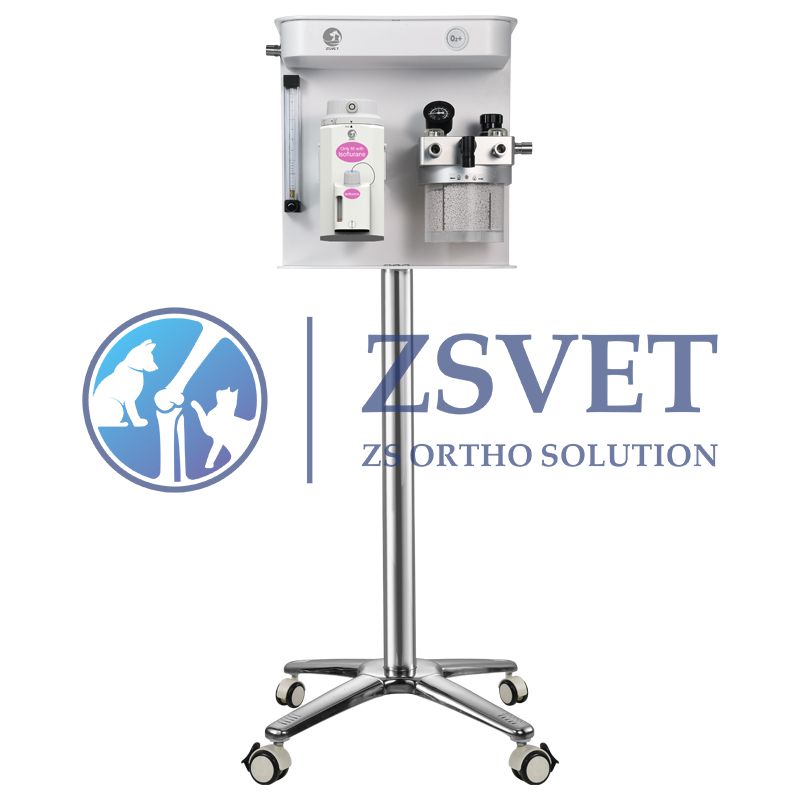 Introduction:
Anesthesia is a critical component of modern medical procedures, ensuring patient comfort and safety during surgery or other invasive interventions. Within the intricate machinery of an anesthesia delivery system, one component stands out for its vital role in maintaining appropriate pressure levels and safeguarding patient well-being: the Adjustable Pressure Limiting (APL) valve. This article delves into the significance of the APL valve in anesthesia machines and highlights its crucial functions in ensuring optimal patient care.
Introduction:
Anesthesia is a critical component of modern medical procedures, ensuring patient comfort and safety during surgery or other invasive interventions. Within the intricate machinery of an anesthesia delivery system, one component stands out for its vital role in maintaining appropriate pressure levels and safeguarding patient well-being: the Adjustable Pressure Limiting (APL) valve. This article delves into the significance of the APL valve in anesthesia machines and highlights its crucial functions in ensuring optimal patient care.
Maintaining Safe Pressure Levels: Anesthesia involves delivering a precise mixture of gases, including oxygen and anesthetic agents, to the patient's lungs for ventilation. However, excessive pressure can be detrimental to the patient's respiratory system. Herein lies the importance of the APL valve. As a key safety feature, it allows anesthesiologists to regulate and control the pressure within the breathing system.
Preventing Barotrauma: Barotrauma, or tissue damage caused by excessive pressure, is a significant concern during anesthesia administration. The APL valve acts as a safeguard against such risks. By adjusting the valve, anesthesiologists can release excess gases, limiting the pressure buildup in the breathing system. This feature is particularly crucial during positive pressure ventilation, where the APL valve prevents lung overdistention and minimizes the potential for barotrauma.
Optimizing Ventilation Parameters: The APL valve provides anesthesiologists with a means to fine-tune ventilation parameters to suit individual patient needs. By adjusting the valve, they can control the amount of pressure exerted during inhalation and exhalation. This allows for precise control of tidal volume (the amount of air exchanged during each breath) and respiratory rate. Optimizing these parameters ensures adequate oxygenation and ventilation while avoiding unnecessary strain on the patient's respiratory system.
Emergency Ventilation and Safety: During critical situations, such as an airway obstruction or equipment failure, the APL valve assumes even greater importance. In emergency ventilation scenarios, anesthesiologists can quickly manipulate the APL valve to establish a manual, non-invasive ventilation technique known as manual bagging. This allows the delivery of oxygen and anesthetic gases directly to the patient's lungs, buying crucial time until the issue is resolved or alternative measures are taken.
Easy Access and Manipulation: The APL valve is conveniently located on the anesthesia machine's breathing circuit, ensuring easy access for anesthesiologists. Its design allows for simple manipulation during procedures, enabling real-time adjustments as necessary. The valve is usually equipped with clear pressure indicators or markings, facilitating precise pressure control and enhancing the anesthesiologist's situational awareness.
Conclusion: Within the complex world of anesthesia, the APL valve stands as an indispensable component of the anesthesia machine. It plays a crucial role in maintaining safe pressure levels, preventing barotrauma, optimizing ventilation parameters, and ensuring emergency ventilation capabilities. Anesthesiologists rely on the APL valve as a key tool to safeguard patient well-being and deliver optimal care. As technology advances, the APL valve continues to evolve, incorporating improved features and enhancing its role in ensuring the highest standards of anesthesia delivery and patient safety.